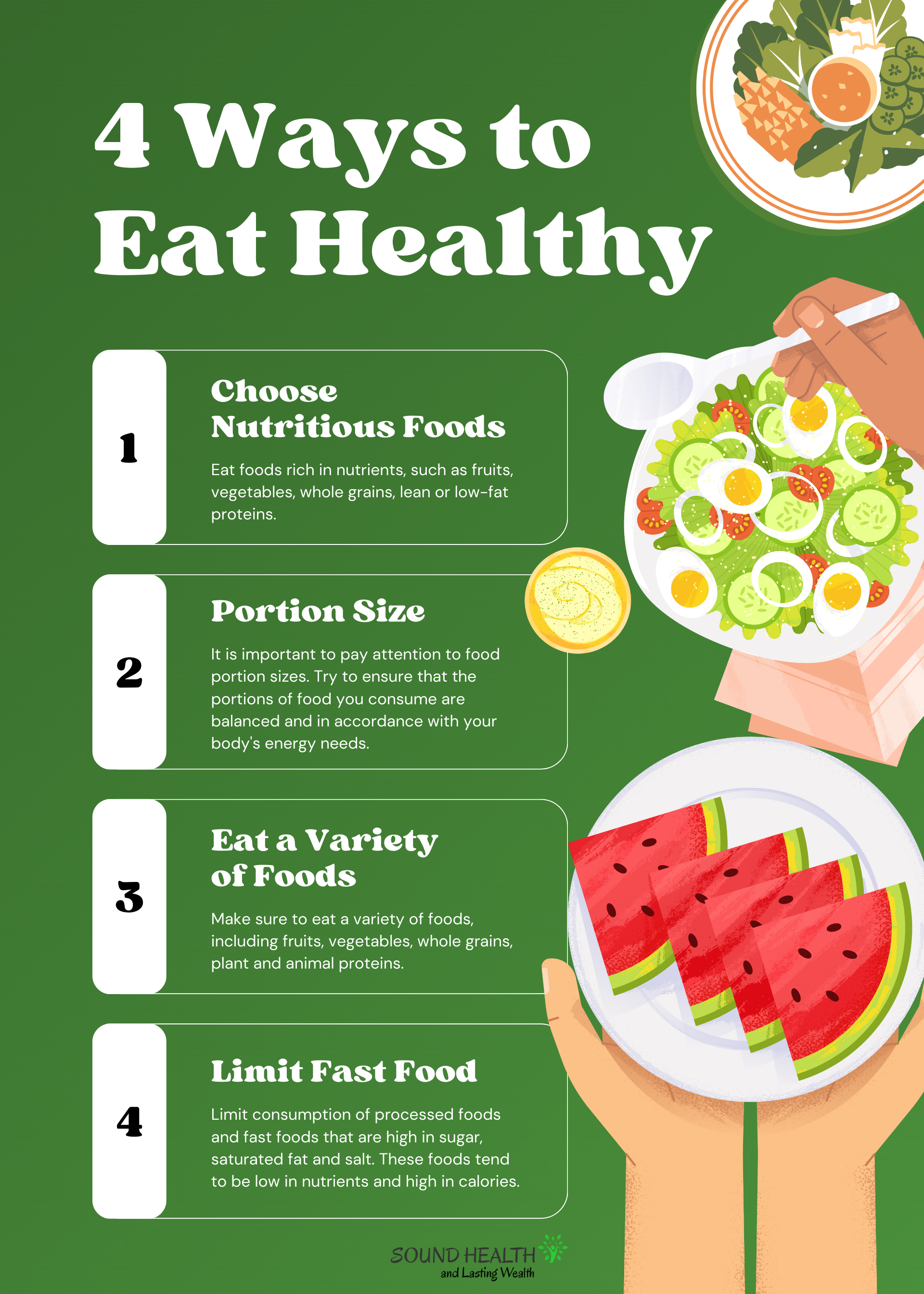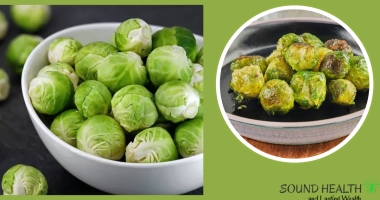Your path to healthier eating habits: intuitive eating explained. When considering healthy living, numerous habits can enhance your overall well-being, such as taking walks after meals or opting for high-protein snacks. One particularly effective approach is intuitive eating, which emphasizes tuning into your body’s signals rather than adhering to traditional dieting rules. This method encourages individuals to cultivate a healthier relationship with food by focusing on their innate hunger cues and preferences, allowing them to move away from the restrictive mindset often associated with dieting.
Are you wondering if intuitive eating might be the right fit for you? We consulted nutrition experts to delve deeper into this approach and explore how it differs from conventional diets. In the following sections, we’ll discuss the principles of intuitive eating and highlight its potential benefits for making better food choices.

What is Intuitive Eating?
“Intuitive Eating is a self-care approach to eating that combines instinct to one’s body signals rather than adhering to external dietary rules. Developed by dietitians Evelyn Tribole and Elyse Resch in 1995, this method encourages individuals to trust their internal cues regarding hunger and fullness. Unlike traditional diets that categorize foods as “good” or “bad,” intuitive eating promotes the idea that all foods can fit into a healthy lifestyle, allowing for greater flexibility and enjoyment in eating.
The foundation of intuitive eating lies in recognizing the difference between physical and emotional hunger. Physical hunger manifests through bodily signals such as a growling stomach or fatigue, while emotional hunger often stems from feelings like stress or sadness. By learning to differentiate between these two types of hunger, individuals can make more informed choices about what and when to eat.
How Has Intuitive Eating Changed?
Intuitive eating has evolved significantly since its inception. Initially rooted in the rejection of diet culture, it has gained traction as a response to the increasing prevalence of disordered eating and body image issues exacerbated by societal pressures. Over the years, extensive research has validated its benefits, linking intuitive eating with improved psychological well-being, better body image, and healthier eating behaviors.
Recent studies have shown that intuitive eaters are less likely to engage in binge eating or restrictive dieting. Instead, they tend to have higher self-esteem and a more positive relationship with food. This shift reflects a broader societal move towards embracing body positivity and rejecting harmful diet mentalities.
Intuitive Eating as ‘Internal Portion Control’
One of the key aspects of intuitive eating is its reliance on internal cues for portion control. Rather than measuring food or counting calories, intuitive eaters learn to recognize their body’s signals of hunger and satiety. This approach fosters a natural understanding of how much food is appropriate for individual needs, leading to a more balanced intake over time.
Research indicates that individuals who practice intuitive eating often experience less anxiety around food choices. They feel empowered to enjoy meals without guilt or fear of overeating, which can lead to healthier long-term eating patterns. This internalized sense of portion control contrasts sharply with external methods that can create an unhealthy obsession with food.
What to Know Before Trying Intuitive Eating

Before embarking on the journey, it’s essential to understand that this approach requires patience and self-compassion. For those accustomed to strict dieting or food rules, transitioning to intuitive eating may feel challenging at first. Here are some important considerations:
- Mindset Shift: Embrace the idea that there are no “bad” foods. This mental shift is crucial for breaking free from a diet mentality.
- Be Patient: Learning to listen to your body takes time. Expect some trial and error as you relearn your hunger cues.
- Seek Support: Consider working with a registered dietitian familiar with intuitive eating principles for guidance during this transition.
- Focus on Enjoyment: Remember that food is meant to be enjoyed. Allow yourself the pleasure of eating without guilt.
The 10 Principles of Intuitive Eating
The framework consists of ten guiding principles designed to help individuals cultivate a healthier relationship with food:
- Reject Diet Mentality: Let go of the belief that diets lead to sustainable weight loss.
- Honor Your Hunger: Respond to your body’s signals for nourishment promptly.
- Make Peace with Food: Allow yourself unconditional permission to eat all foods.
- Challenge the Food Police: Dispel thoughts that label foods as “good” or “bad.”
- Discover the Satisfaction Factor: Focus on finding joy in eating by choosing foods you enjoy.
- Feel Your Fullness: Tune into your body’s signals of satiety during meals.
- Cope with Your Emotions Without Using Food: Develop strategies for emotional regulation that don’t involve food.
- Respect Your Body: Accept your genetic blueprint and appreciate your body for what it can do.
- Exercise—Feel the Difference: Shift your focus from burning calories to enjoying movement.
- Honor Your Health—Gentle Nutrition: Make food choices that honor your health while still being enjoyable.
These principles collectively encourage individuals to foster a respectful and mindful relationship with food, ultimately leading to improved physical and mental health outcomes.

Conclusion
Intuitive eating offers a refreshing alternative to traditional dieting by promoting self-trust and body awareness. By focusing on internal cues rather than external rules, individuals can cultivate a healthier relationship with food, reduce disordered eating behaviors, and improve overall well-being. As more people embrace this non-diet approach, they may find not only weight management but also enhanced life satisfaction through mindful eating practices.
Also Read | Does the Viral Lemon Balm Drink Really Aid Weight Loss? What Dietitians Want You to Know










